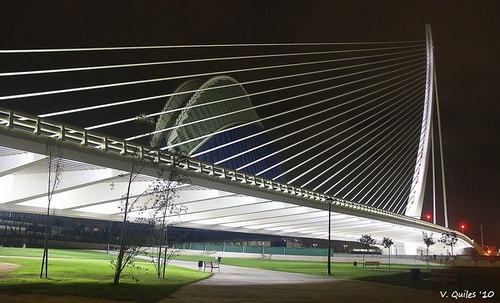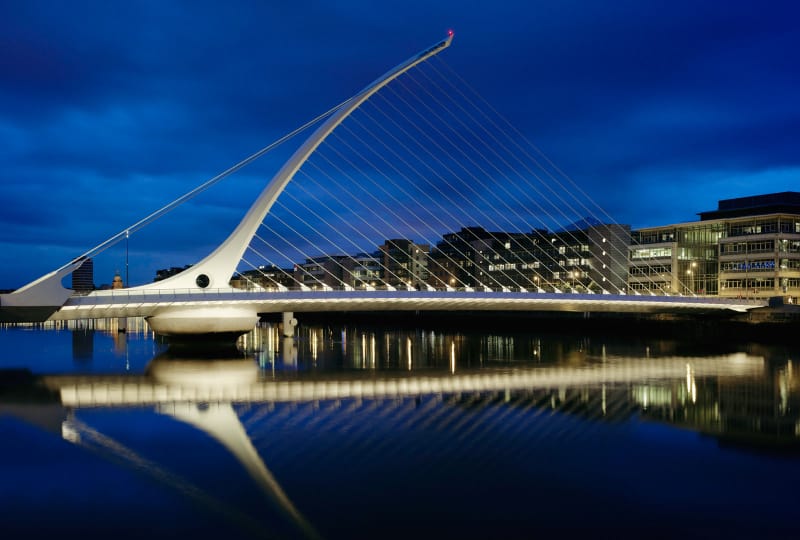JStephen
Mechanical
- Aug 25, 2004
- 8,691
"Site management has requested that we limit the length of the other thread by forming a new one. This subject may require III, IV...."
So here's Part III. Please don't post any more in Parts 1 and 2.
Part I thread815-436595
Part II thread815-436699
So here's Part III. Please don't post any more in Parts 1 and 2.
Part I thread815-436595
Part II thread815-436699


